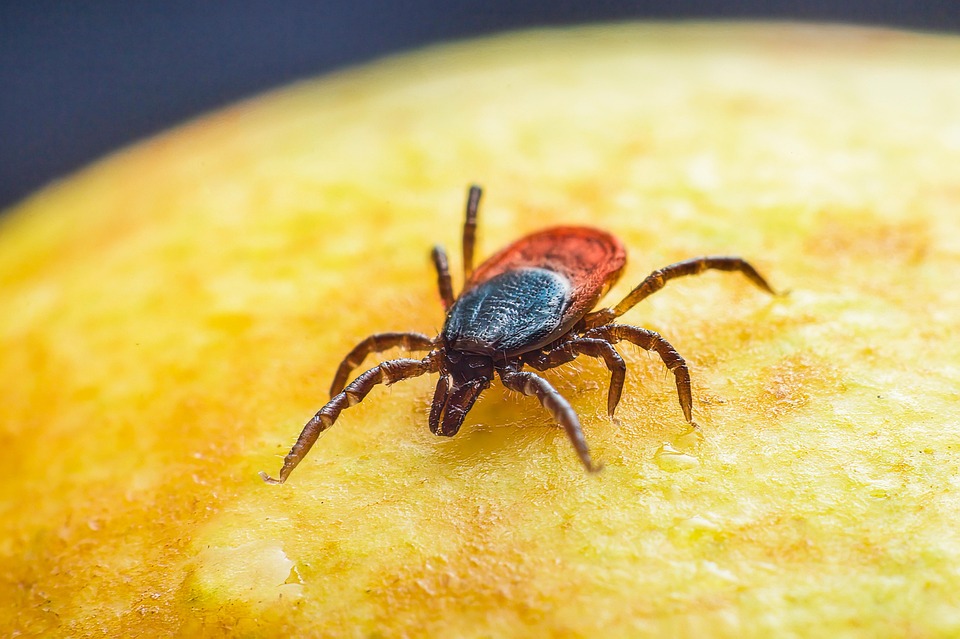
Introduction
Ticks are notorious external parasites that pose significant health risks to dogs. They can transmit a variety of diseases, including Lyme disease, ehrlichiosis, and anaplasmosis, all of which can have serious consequences for your canine companion. As a responsible pet owner, understanding effective strategies for preventing ticks from infesting your dog is crucial. This article explores various methods to safeguard your dog from these pesky parasites, ensuring their health and well-being.
Understanding Ticks and Their Life Cycle
Before delving into prevention strategies, it’s essential to understand the life cycle of ticks and how they interact with their environment. Ticks are arachnids that go through four life stages: egg, larva, nymph, and adult. Each stage requires a blood meal to progress to the next, making dogs a prime target at every stage. Ticks are most active in warm, humid environments and are often found in grassy, wooded, or bushy areas.
Regular Grooming and Inspection
One of the simplest yet most effective ways to prevent ticks is through regular grooming and inspection of your dog. By routinely brushing your dog’s coat, especially after outdoor activities, you can remove ticks before they have a chance to attach. Pay special attention to areas where ticks are most likely to hide, such as behind the ears, under the collar, between the toes, and around the tail.
Bathing with Tick-Repellent Shampoos
Bathing your dog with a tick-repellent shampoo can also be beneficial. These shampoos contain ingredients that kill ticks on contact and can provide short-term protection against future infestations. However, it’s important to select a shampoo that is safe for your dog’s skin and coat type, and to follow the manufacturer’s instructions carefully.
Topical Tick Preventatives
Topical treatments are a popular and effective method for preventing ticks. These treatments are applied directly to the dog’s skin, typically at the base of the neck or between the shoulder blades. They contain active ingredients that kill ticks on contact and provide protection for several weeks. Popular brands include Frontline, Advantix, and Revolution.
Benefits and Considerations
Topical preventatives are easy to apply and can be highly effective against both ticks and fleas. However, it’s crucial to choose a product that is appropriate for your dog’s size and weight, as well as their age and health status. Always follow the application instructions carefully and consult your veterinarian if you have any concerns.
Oral Tick Preventatives
Oral medications are another effective option for tick prevention. These pills are administered monthly and work by circulating the active ingredients through your dog’s bloodstream, killing ticks when they bite. Brands such as Bravecto, NexGard, and Simparica are commonly used and offer long-lasting protection.
Advantages and Precautions
Oral preventatives are convenient and eliminate concerns about topical application. They also often provide protection against multiple parasites, including fleas and some worms. However, as with any medication, there may be potential side effects. It’s important to discuss this option with your veterinarian to determine if it’s the best choice for your dog.
Tick Collars
Tick collars are designed to repel ticks and other parasites by releasing active ingredients into the dog’s skin and coat. These collars offer long-lasting protection, often up to eight months, making them a convenient option for pet owners.
Choosing the Right Collar
When selecting a tick collar, ensure it is suitable for your dog’s size and weight. The collar should fit snugly but comfortably around your dog’s neck. Popular options include the Seresto collar, which is known for its efficacy and long duration of protection.
Environmental Control
The environment plays a significant role in tick prevention. By managing your dog’s surroundings, you can reduce the likelihood of tick encounters.
Yard Maintenance
Keeping your yard well-maintained is crucial. Regularly mow the lawn, trim shrubs, and remove leaf litter and tall grasses where ticks thrive. Creating a barrier of wood chips or gravel between your yard and wooded areas can also help deter ticks.
Outdoor Restrictions
Limiting your dog’s access to areas where ticks are prevalent can significantly reduce their risk of exposure. Avoid letting your dog roam freely in tall grass, dense bushes, and wooded areas, especially during peak tick season in the spring and fall.
Natural Tick Repellents
For pet owners seeking natural alternatives, there are several options available. Essential oils such as lavender, peppermint, and eucalyptus have natural repellent properties. However, these should be used with caution and never applied directly to your dog’s skin without proper dilution and guidance from a veterinarian.
DIY Tick Repellent Spray
Creating a homemade tick repellent spray is an option for those who prefer natural solutions. Combine essential oils with water and a carrier oil, such as almond or olive oil, and apply it to your dog’s coat before outdoor activities. Always test a small area first to ensure your dog does not have an adverse reaction.
Vaccinations and Veterinary Care
In addition to preventative measures, regular veterinary care plays a crucial role in protecting your dog from tick-borne diseases. Vaccinations for Lyme disease are available and can be an important part of your dog’s health regimen, especially if you live in an area with a high prevalence of ticks.
Regular Check-Ups
Regular veterinary check-ups are essential for monitoring your dog’s overall health and ensuring their tick prevention strategy is effective. Your veterinarian can provide personalized recommendations based on your dog’s lifestyle and the specific risks in your area.
Conclusion
Preventing ticks in dogs requires a multi-faceted approach that includes regular grooming, the use of topical or oral preventatives, and environmental management. By combining these strategies with natural repellents and regular veterinary care, you can significantly reduce the risk of tick infestations and the associated health problems. As a pet owner, staying informed and proactive is key to ensuring your dog’s health and happiness.
#ChatGPT assisted in the creation of this article.








